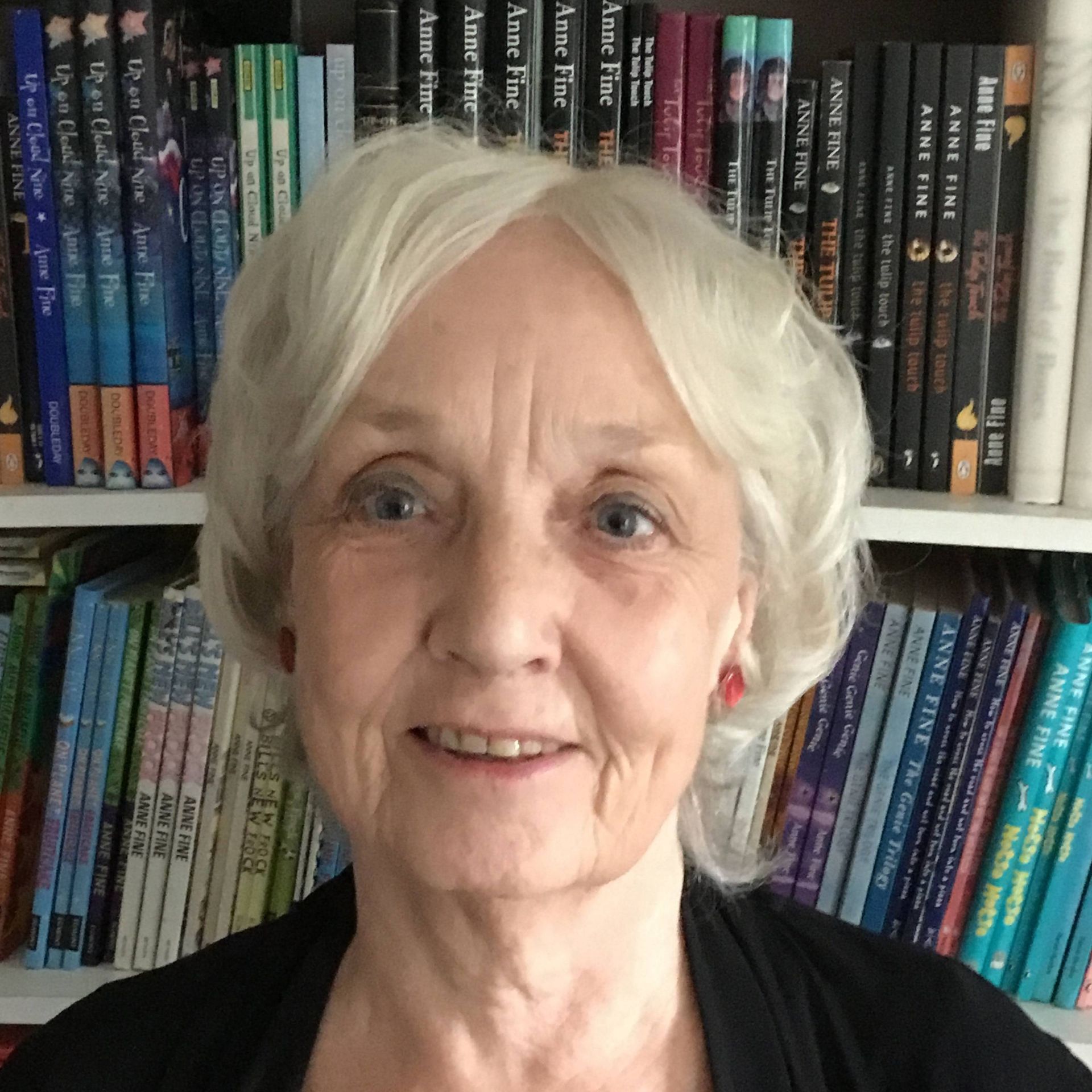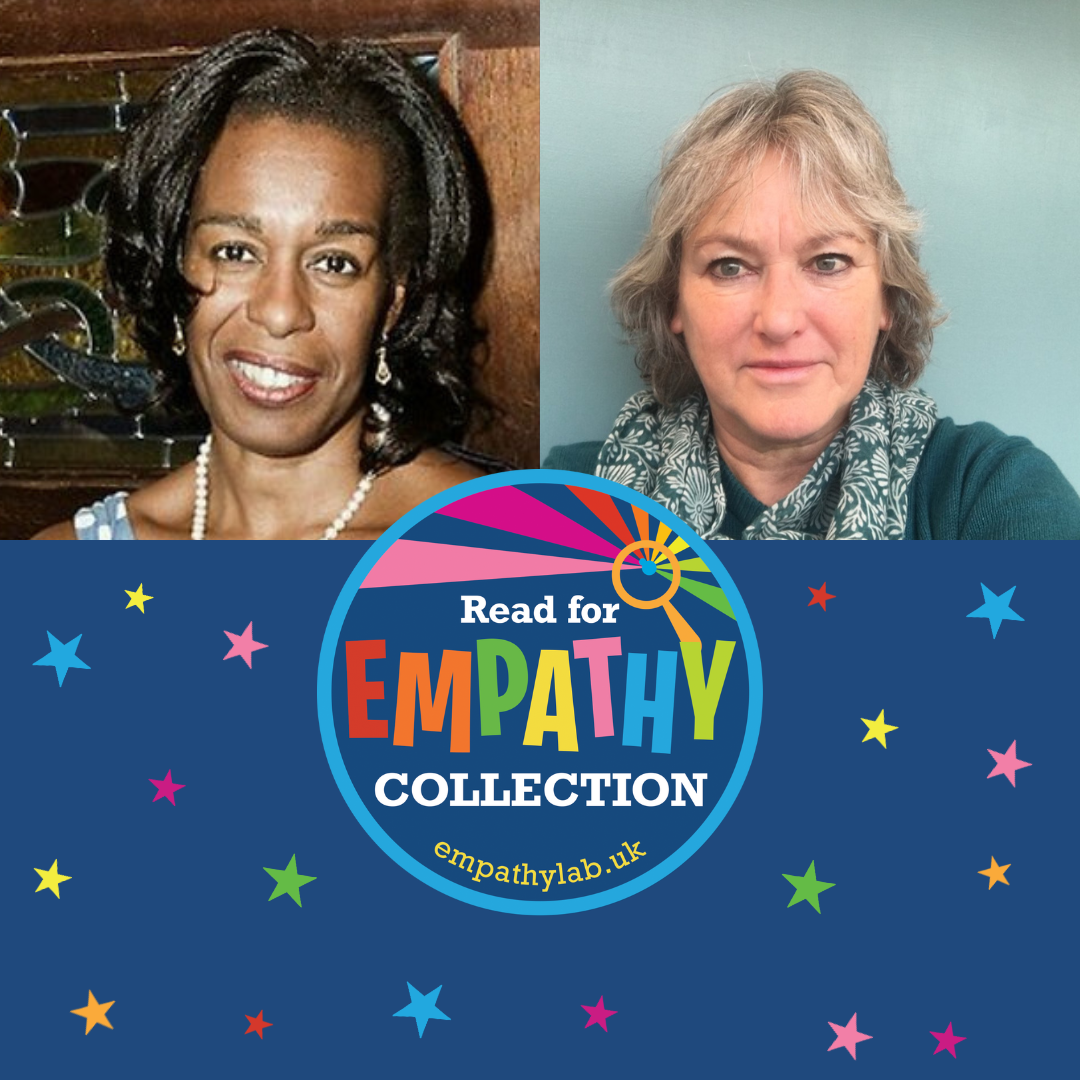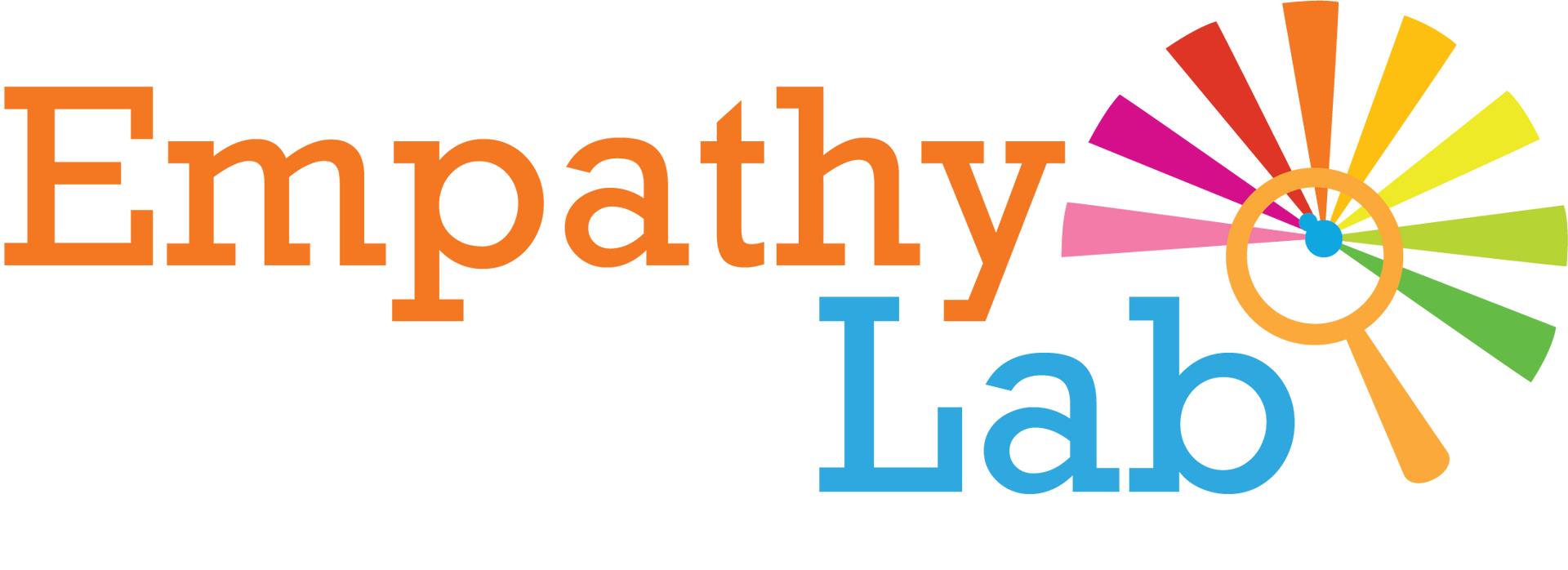Learning how to recognise and share emotions
- By EmpathyLab
- •
- 11 Apr, 2023
- •
Being able to recognise and share your feelings is a key empathy skill, but teachers we work with say that after the pandemic many children are finding it hard to communicate about their feelings, and have raised anxiety levels and emotional turbulence. We’re taking two steps to help.
- We’ve introduced a new section on emotions in the primary guide to the Read for Empathy collection. Seven picture books will give teachers and parents wonderful tools to help children talk about their feelings.
- One of the five Mission Empathy activities for Empathy Day is an Emotions Map. This invites children in class or as a family to make a mind map recording their emotions throughout the day.

Q: why is it important for empathy that children can recognise and understand their feelings?
Being seen and accepted for being who you are is a prerequisite for all human existence. Children who can identify and understand their own feelings have a sound basis for empathising with other people’s feelings.
Q: what was your reaction, having read the seven picture books in our new Read For Empathy section?
These books provide young children with a charming and insightful introduction to the world of emotions. The experiences of the characters are told through evocatively engaging and informative stories. A wide range of emotions are explored and expressed so that young children can identify big feelings in themselves and others, and be able to deal with feelings that range from pleasant and enjoyable, to those that can be perplexing and overwhelming.
Q: how do these books empower children to deal with their emotions?
The books relay effectively how we encounter, explore and question different emotions within ourselves as well as in others, and how we think about and deal with them - often with the help of others. Conveyed beautifully is the importance of having an awareness that feelings like insecurity, grief, anger, and anxiety are often outside our comfort zone. But they exist in everyone, not just ourselves; it’s empowering when they are embraced, understood, and allowed to be felt.
Q: what is the role of empathy in these books?
Empathy is relayed beautifully in these books which show the immense connection that people feel when others are able to mirror their emotions. In such moments, the characters are able to connect, belong and feel secure.
Q: Do you think these books help children explore different elements of empathy?
We are equipped with a toolset of empathetic responses when we encounter different people and situations. Books offer a powerful springboard for exploring these. Sometimes young readers respond with a more detached understanding of what the person is going through – a cognitive, perspective-taking form of empathy. Other times they may experience a more emotional, or affective, form of empathy , feeling the characters’ emotions and changing moods. Both types of empathy can lead to a helpful compassionate response. At the very least, seeing things from another’s perspective is a great start!
Q: Any final thoughts?
These books exquisitely and skilfully engage children’s imaginations and involve them with the characters’ feelings. Mediating adults can use them to have important conversations about feelings, helping children develop an ability to perceive, use, understand, and manage emotions on a journey to becoming emotionally intelligent adults.

Why has the sheer importance of empathy come to the fore in recent years? Why do we care so much about a concept that had seemed to be left to itself for so long?
Perhaps because there has been so much change and upheaval for our young people in recent years, leaving so many isolated from what we might term ‘real’ contact with others. Lockdown was for many a disaster. The proliferation of phones hasn’t helped. Financially stretched families are often starved of time that can be spent in casual, easy, contact with one another.
So gaining an understanding of others from fiction has become more and more important. Children have always learned from the books and stories they are offered. From the fairy tales, children who lived in an elemental world without luxuries or social safety nets learned the virtues that were so necessary back then to survival: courage, resourcefulness, endurance, quick wits, kindness to strangers.
Our own young people live more tightly under separate roofs, and we have seen the language of books change accordingly - to Mum, the babysitter, playgroup, park, baby sister, Dad’s girlfriend, the bully, happy, worried, sad. It’s the language of relationships and emotions now, and understanding and compassion liberate. They have become the twenty-first century equivalent of Hansel and Gretel’s pebbles gleaming in the moonlight to show the way out of the dark forest.
Frank Flanagan once said good writers “structure, explain and evaluate the experience of childhood and empower the child to come to terms with it. They enable the child to lead a full life."
How? Partly by quite unconsciously increasing self-knowledge and self-awareness. A young reader can’t help but see characters in books unconsciously as if in a mirror. "I'm not like that." "I worry about that too." "I would have been braver”, “slower to catch on”, “tempted to be more mean”. And when this sense comes of no longer being the only one in the world to have this problem, or to feel that way, the child not only comes to realise that they are not alone, but also to gather insights into how other people deal with the same worries or tackle the same problems. In short, they learn, vicariously, how other people tick.
We have so many young people who, it seems, sometimes as a result of their upbringing, often simply by nature, have somehow failed to acquire the tools to begin to think about their own situation. Through fiction they can often begin, safely, to explore the more subtle aspects of life around them - an insight into someone else's life. A child can share desk space with someone else all year and yet learn less about them than about a character in one short book that’s read to them at night. I try to show this in my novel On the Wall , where, over the school year, Finley’s quite exceptional gift for tranquillity and self-acceptance in an anxiety-inducing world causes one fellow pupil after another to look more deeply into themselves, and learn how to rebalance their own way of thinking to become, in the process, calmer, happier, or more accepting.
We all want, for our young people, peace of mind. An excellent start is to explore Lauren Child's wonderful 'Staring into Space' project: https://staringintospace.me/
Then, steep them in fiction. And where better to find the
best than at the EmpathyLab itself?
You can purchase Anne's book, On the Wall,
here

The collection consists of 65 books for 3-16 year olds, each chosen for its unique contribution in building young people’s empathy.
The primary collection for 3-11 year has 40 books; the secondary collection features 25 books for 12-16 year olds.

